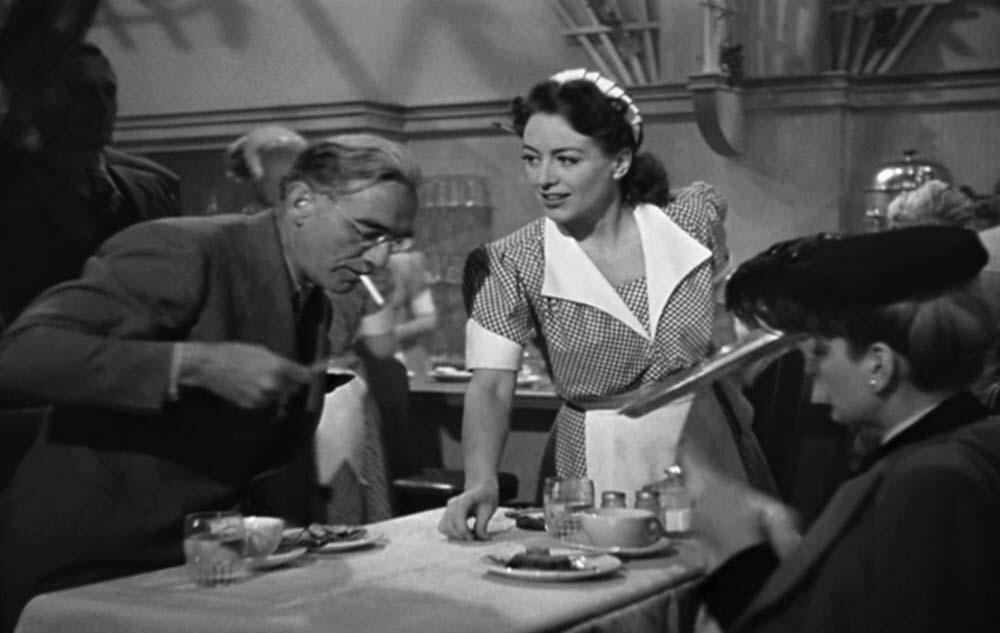Dear Etiquetteer:
We have a lovely guest house* in a town where people love to vacation. We have invited friends to stay but part of the invite requires them to let us know when they can travel to come visit, i.e., to invite themselves for a specific time. We want people to visit, so how do we encourage them to “invite themselves?” And how should people generally handle such invites? We've been on the other side of this, too. Friends with a country place have invited us to "come up whenever we want," and we know they mean it, but how do we “invite ourselves up?”
I told a friend we wanted him to come visit. Then a month or two later he writes, “So where’s my invitation?” Argh! I invited you because I meant it! But I know that with the long distance, you need to determine when you can come, so I can’t invite you for only a specific weekend (well, unless travel time is minimal).
Dear Hostly:
No, but you can start there and see where it goes. A date is the essential cornerstone of a good invitation. Without it, the edifice of the vacation falls to the ground, no matter how well cemented it is with genuine affection and good intentions. Some negotiation is in order.
It's very easy to say "Oh, come any time! We'd love to have you**." So easy, in fact, that when some vacation house owners get called on it, they start hemming and hawing and saying things like "Oh gosh, any weekend but that one." This leaves the guest feeling silly and unwanted, even though they were following instructions. They are then less likely to propose another date.
So while your own invitations are issued sincerely, you see how the Open Invitation got a bad reputation. You can cement your own sincerity by suggesting a date as a start, like bidding in a bridge game. Etiquetteer understands your concern about your guests having to coordinate long-distance travel, but if you treat the date you suggest as only one possibility, your guest will feel more comfortable suggesting something else that works for both of you.
You might open the bidding with "We have just been looking at our calendar for the next six months and would love to have you all come for [Insert Specific Dates Here], or perhaps some other time that month." This gives your guest the chance to counter with an acceptance, another date, or a plea for time to consider. The latter should come with an end date. "Then let's check in a couple weeks from now, if your plans get resolved. We're so eager to welcome you to our little slice of Heaven!"
Your prospective guests might also just not want to come for any number of reasons they don't want to talk about: limited vacation time, limited resources, professional or family commitments, health concerns, or lack of interest in your "town where people love to vacation." They may be trying to put you off as gently as possible. (Etiquetteer would prefer a forthright "We'd love to see you but have plans to travel to other parts of the world first.") Listen for clues like "We just aren't sure what our plans are going to be for the next year or so," and pause future invitations for awhile.
Now, how do you follow up on the generosity of your Country House Friends? Take them at their word and contact them with "You've been so kind to suggest that we come up to your Country Place any time. It just so happens we'll be near there in a couple months. Could we come up from Friday night to Monday morning on [Insert Specific Dates Here]?" They'll either agree or respond with "Oh gosh, any weekend but that one." And then you can suggest another date . . . or not.
Etiquetteer commends your generous Spirit of Hospitality and wishes you many Happy Times With Your Friends at your Lovely Guest House.
*To be clear, this is a small free-standing house in one corner of our property and not a bed and breakfast. We are not innkeepers looking for paying guests.
**Isn't the Hollywood Equivalent "Let's take a meeting?" Etiquetteer believes that actually translates to "Goodbye."



























